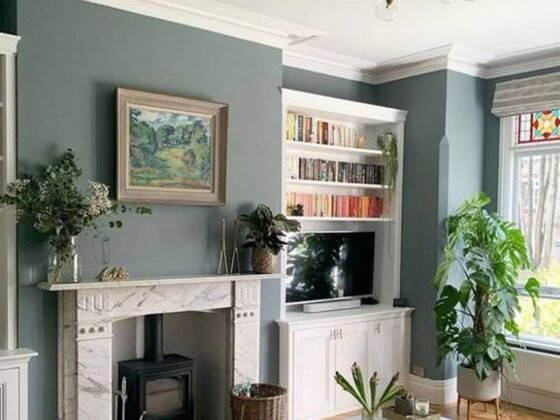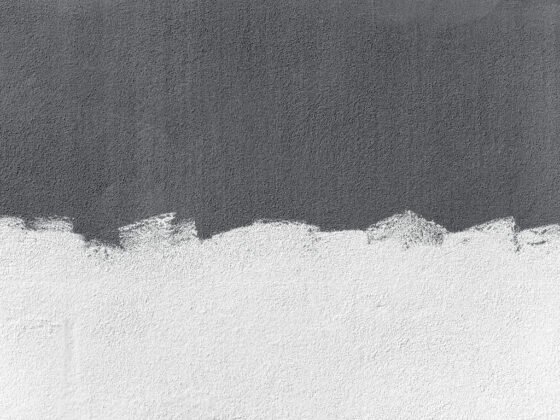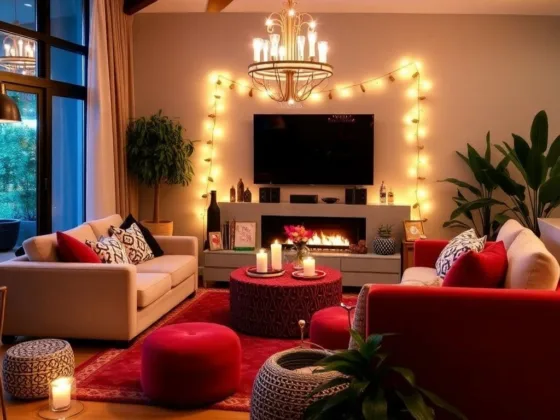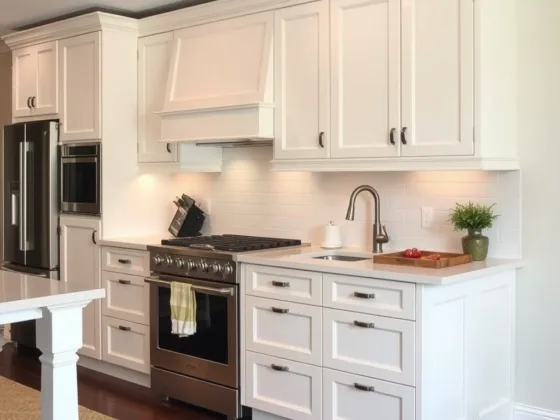Table of Contents Show
Victorian interior design features rich, dark colors and many opulent design choices.
Colors during the Victorian period, the colors used were darker, such as navy blue, ruby red, and forest green. However, the later years of the era saw brighter and more pastel tones.
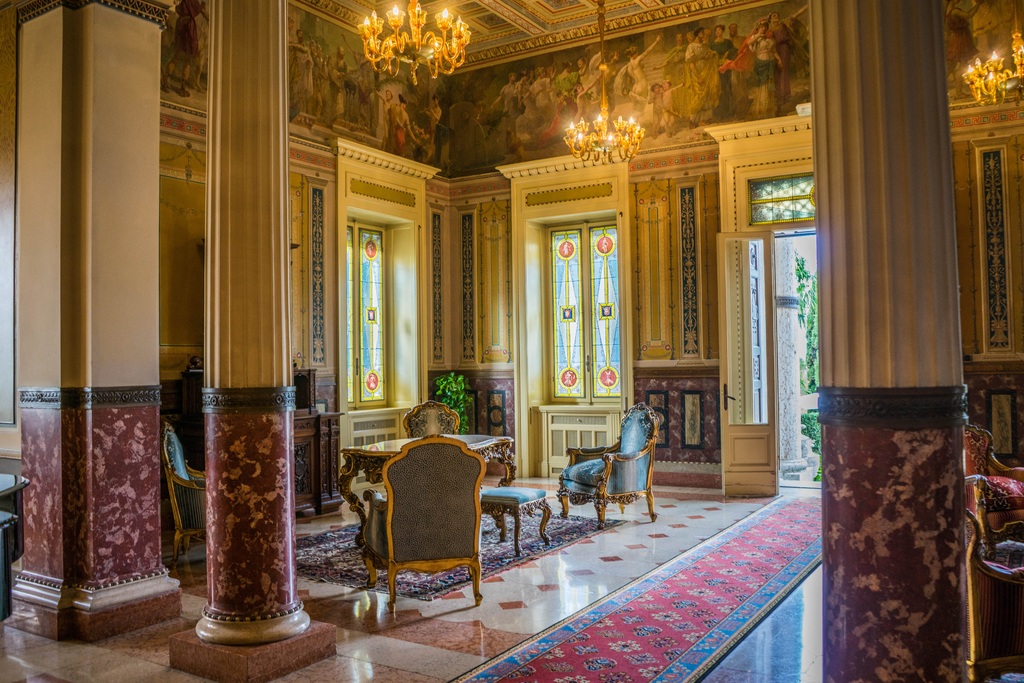
The era is often associated with darker, more muted colors, which were required during the period when most homes were heated from coal. Darker colors could hide the harmful effects of smoke, ash, and
Furniture
While a single furniture style did not rule the era, ornamentation was an important part of the furniture. Victorian furniture was often decoratively carved with a lot of ornamentation, including pieces like ottomans and chaise lounges.
Lighting
Essential to this design look is lighting, candles, especially in areas like the dining rooms, living and sitting rooms, as well as entryways. Lamps (with glass lampshades) were a popular style in that era. These lamps could be used as table lamps or standing lamps, but also as wall sconces and chandeliers.
Read Also:
Décor
Accessories are prominently displayed, covering every surface in Victorian interior designs. One example is a gallery Wall that displays framed pictures of china, souvenirs, vases, and even lace doilies. The latter could be used as a backer on furniture, tables, and mantels. A variety of potted plants were also popular, including palms and other ferns, as well as embroidered cushions to decorate couches. It was also common to add color and texture to rooms using stained glass.
Window and Wall Cover
Windows featured thick fabric drapes and luxurious window treatments, like curtains made with silk or wool. Walls were usually covered with rich, dark colors or covered with tapestries or a wallpaper featuring bold floral or leaf motifs. Walls could sometimes be painted to resemble marble or wood-grained finishes.
Flooring-Wood
Especially parquet patterns were one of the most used floors of that era. Other floor types that were commonly included matting and floor cloths similar. Later, there was carpeting with repeating geometric patterns in the middle.
Tips to Make a Modern Victorian-Style Interior
These design tips will help transform your house into a Victorian-era Victorian home, whether you’re looking to add Victorian style or update an old Victorian home.
You should start with research. Browse the internet for room examples. These room examples will give you an idea about what colors, furniture, or decor you like before you start your home renovation.
It is possible to draw inspiration from Victorian homes, photos of Victorian living spaces, or master bedrooms. Interior decorating in modern Victorian style is a very open area.
The gothic Victorian house plans were a popular home style. The Victorian style is as versatile as any other design type, but it doesn’t lose its classic appeal.
Variety is key. Mixing different styles and periods carefully is important. You should choose tasteful embellishments, such as adding embroidery or lace, to create something unique. But make sure that all choices are carefully thought out.
Let yourself be open to the Victorian style’s eclectic appeal. Mix and match to find your favorite pieces and add Victorian-style items to rooms as you go. These decorating tips will help but ultimately, your home will need to be balanced between minimalist design, modern living, and Victorian-style interiors.
Accept color and ornamental woodwork. Victorian style is full of color. If you don’t want white walls, choose richer colors. Consider creating a color scheme for each room in your small house.
If your home is modern and has a more open-plan layout, an accent wall could be the perfect addition to give it the extra boost it deserves. Look into adding carved wood pieces in your rooms, such as picture frames or mirror frames.
Save and upcycle. You can give your home Victorian charm by repurposing old windows and mantels, trims or doors, and other decor. It is essential to purchase high-quality furniture if you want to recreate an era where wealth and status were celebrated.
Use modern but not too contemporary lighting. Modern lighting may not work for everyone, so it is worth looking at lighting fixtures that were made in the early to mid-1900s.
Go beyond. If you are looking to put in the work, remodel your room to add architectural details such as a built-in bookcase, crown molding, or dado rails (another kind of molding), cornices/wainscoting, and paneling. Although it may seem difficult, remodeling can help make your vision come to life.
The Victorian style is as versatile as any other design type, but it doesn’t lose its classic appeal.
